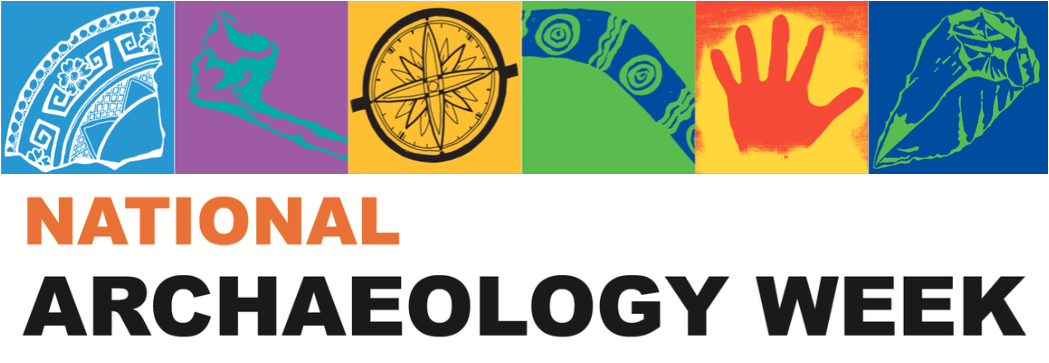Cambria Rodriguez
Current position
Project Curator: Archaeological Assemblages, The British Museum
Where did you study?
University College London
How did you become interested in archaeology?
I began my academic career majoring in history. I have always had an interest for Latin American and Indigenous history. Growing up I found it frustrating that I did not know much about my Mexican ancestors and struggled with my own personal identity. Born and raised in California, which has the largest Mexican American population in the country, the history of my ancestors never made it into the curriculum. Until attending college, I relied on the oral histories of my grandmother to learn more about my heritage. This spark in interest was further fueled when I began volunteering at the Natural History Museum of Los Angeles. As a docent for three years at the museum and eventually a curatorial assistant, I became aware of career opportunities in which I can be an asset to the community by sharing knowledge about heritage and the past, sparking my interest in archaeological studies.
What archaeological projects are you working on at the moment?
Currently, I am working on registering some of Britain's largest and most renowned archaeological assemblages that have been overlooked for the past 70 years.
Tell us about one of your most interesting archaeological discoveries.
It is difficult to pick just one! I am very proud to have been part of the team working under Museum of London Archaeology that discovered the largest Roman mosaic find in over 50 years. Located in central London, it was an extremely challenging site to work on for nearly six months. However, the treasures and understanding of Roman settlement in the area was unprecedented.
Tell us about a funny / disastrous / amazing experience that you have had while doing archaeology.
Everyday in the field something funny, disastrous and amazing occurred! From waiting out snow storms in cars, losing a boot in the thick mud, nearly having a site catch on fire from an electrical short, and finding 'treasure pits' in the last five minutes of the work day; the varied experiences are endless in archaeology. One of my fondest memories was having the King and Queen of Spain visit a site I was working on in Roncesvalles, Spain. Sharing the local history and feeling their appreciation and joy was a highlight of my career.
What’s your favourite part of being an archaeologist?
I am eager to continue learning and contributing to our knowledge of the human past.
I aim to utilize my education and career to help people that feel disconnected with their past like I did growing up. My favorite part of being an archaeologist is the opportunity to help others understand the human past and have better, affordable access to their cultural histories.

